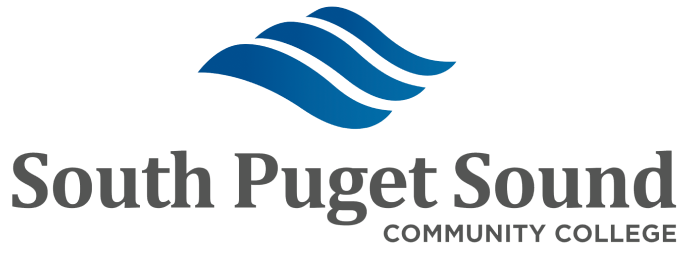SPSCC is committed to complying with Section 508 of the Rehabilitation Act regarding accessibility standards for electronic information technology, and to follow the Web Content Accessibility Guidelines (WCAG) established by the World Wide Web Consortium (W3C) in the W3C Web Accessibility Initiative (WAI).
SPSCC Website
Based on the Drupal open source content management system and designed with Cascading Style Sheets (CSS), the SPSCC website is coded with accessibility in mind. We understand that accessibility is good usability amplified and work toward building in accessibility improvements incrementally. Ongoing efforts to generate accessible, standards-based web content continue. Please refer to Best Practices & Guidelines below.
Best Practices & Guidelines
Here are key actions you can take to make web content accessible. For more information, visit:
